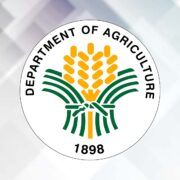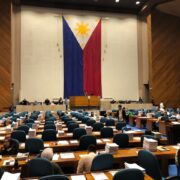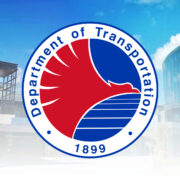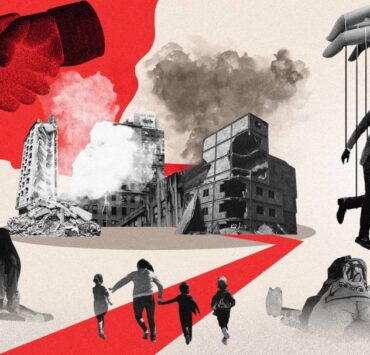‘Farm-to-pocket’ roads

While the substandard, overpriced, and ghost flood control projects were hogging the headlines, and the corrupt contractors and public officials were being investigated in the Senate and bashed on social media and in street protests, other infrastructure projects were in the back seat, waiting for their turn for attention. Think farm-to-market roads (FMRs), barangay roads, school buildings, bridges, etc. Think of schoolchildren fording rivers, hanging on to ropes for dear life, so they could cross over to crumbling schoolhouses and back to their homes, threatened by floods and landslides.
Yesterday, the Inquirer’s banner story was headlined “Farm-to-market roads ‘overpriced’ by up to 70%” (10/9/2025) by John Eric Mendoza. The kicker blurb: “The Senate uncovered another shocker: farm-to-market roads that were ‘extremely overpriced’ by more than P10 billion under the 2023 and 2024 national budgets, with the Bicol region having the biggest number of such projects.” Read it and gag on your breakfast coffee. I almost did yesterday while I was having for breakfast a pasalubong from a friend, the Bicol binutong heavily laced with coconut cream. Top it with coco jam if you are oragon. Bicol is now on the menu, and you know what I mean.
If Bulacan flood control projects were at the epicenter of investigations in the past weeks, this time will it be the Bicol region and its FMRs? (And while at it, don’t forget infrastructure incursions into the Mayon Volcano foothills for other money-making purposes.)
Was it last week or the other week that I mentioned in this space a Bicolana friend’s lament about “farm-to-pocket” roads? I had a good laugh at that one, at how Filipinos coin apt descriptions that almost sound like the original but with a bite. It is so funny, if not so painful and true. And so, Madi (Bicol for Mare), there’s the headline you’ve been waiting for.
According to Sen. Sherwin Gatchalian, the Bicol region logged the biggest number of FMR projects, which he called “cost overshoot” under the 2023 and 2024 national budgets. The Inquirer report said the FMR projects could have cost only P520 million, but it shot up with a 68-percent markup.
Farm-to-market roads are the food-producing communities’ lifeline to the end consumers, namely, us, who must eat. How many times have we seen photos and videos of rotting farm produce, mostly vegetables with short shelf lives, because there was no fast, safe, and economical way to bring them to marketplaces? Or because middlemen who purchase at bottom prices could not easily get to the food producers on time? So, the better for this farm produce to rot than for the farmers to transport them the hard way and lose more of their shirts to usurers. Take tomatoes, for example. Weren’t there canneries for tomato products built many years ago? What happened to them? When supply goes low and prices go up, the government resorts to the importation of farm produce, perhaps heavily and chemically treated with pesticides, from China or elsewhere. But that is another story.
Why must farmers keep farming if their produce will end up rotting because there are no FMRs? And so, let us build some, politicians will say. Yes, we will build some for you, contractors will say. And so, we will insert some in the budget for so much, some lawmakers will say. And the rest is history. The “farm-to-pocket” enterprise is the name of the game.
Overpricing FMRs by 70 percent is a certain road to hell for contractors and kickback recipients. These roads may not be as life-threatening as flood control structures, dams, and bridges that are sloppily built, but they also cry out to the heavens for retribution for the scoundrels who built them, they who mock the food producers who toil in sun and rain to feed the nation.
Bridges, too, are farm-to-market avenues. Last week, a major bridge in Cagayan Valley collapsed under the weight of cargo trucks, or was it because the bridge had weakened over the years, or was it weak to start with? The other day, a friend from Southern Luzon sent me a photo of a bridge that, thank heavens, had been completed. It had been part of the so-called Tulay ng Pangulo during the Gloria Macapagal Arroyo presidency, she told me, but was never finished until it was discovered during the Aquino III administration and, thank God, was completed when Rogelio Singson was secretary of the Department of Public Works and Highways. Think of those wasted years. I remember that same friend (a very concerned citizen) showing me a big pile of steel bars rusting in the moonlight (I saw them up close) where there should have been an infrastructure project, an FMR perhaps. Later, she told me, the highly priced steel bars disappeared in the night, ferreted away by, perhaps, the same errant contractor who had vanished.
Stay vigilant, folks, look around for projects abandoned by contractors from hell who had the connivance of public officials who are also hell-bound.
—————-
Send feedback to cerespd@gmail.com


















